Floating, otherwise known as sensory deprivation tanks, has garnered increased attention in recent years. This is evidenced by the upsurge of new investigations, spas, and clinics nationwide that provide this therapy, implying its escalating importance. You may have known about floating from a beloved television program or a friend who extols its virtues, yet you might still be unclear about the notion and might even feel a bit apprehensive. While the science behind floating is not entirely settled, more studies are underway. Need help grasping the concept better? Here is an article detailing 25 Astonishing Facts About Sensory Deprivation Tanks.

Psychadelic Beginnings
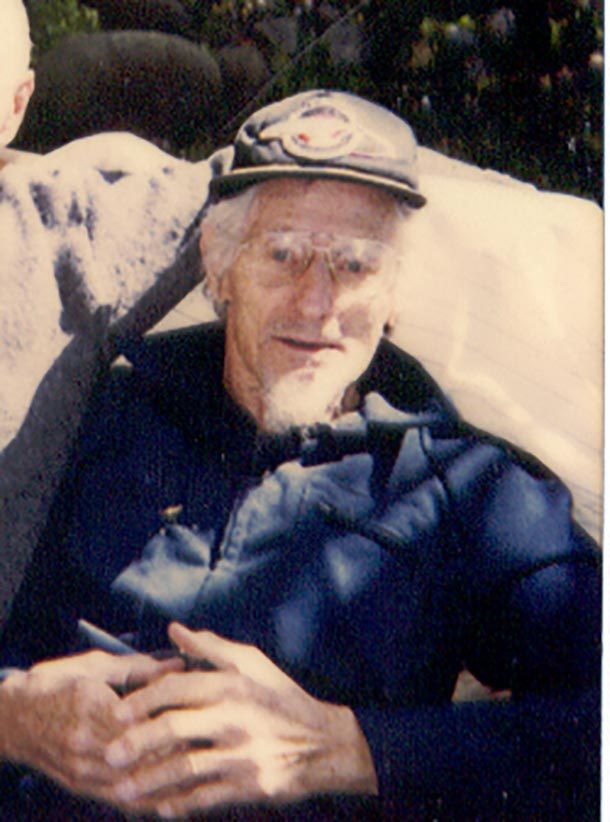 Source: http://www.nytimes.com/2001/10/07/us/john-c-lilly-dies-at-86-led-study-of-communication-with-dolphins.html
Source: http://www.nytimes.com/2001/10/07/us/john-c-lilly-dies-at-86-led-study-of-communication-with-dolphins.html The first man to develop and try sensory deprivation was a neuroscientist named John C. Lilly. Intermixing hard science with psychedelic drugs and spiritualism, he carved out quite the niche for himself. He would do both hard drugs and submerge himself in the sensory deprivation tank.
First Float Tanks
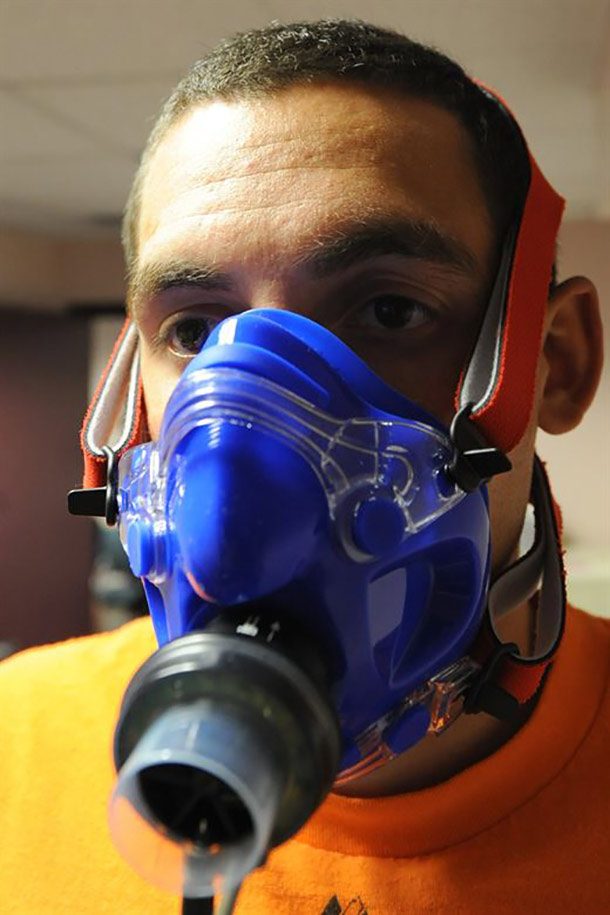 Source: http://www.slate.com/articles/life/anything_once/2013/05/sensory_deprivation_flotation_tanks_i_floated_naked_in_a_pitch_black_tank.html
Source: http://www.slate.com/articles/life/anything_once/2013/05/sensory_deprivation_flotation_tanks_i_floated_naked_in_a_pitch_black_tank.html While today patients lay flat on their backs in salt water, in the early trials, they were fully submerged with oxygen masks. One can only imagine how stressful that might have been and why they needed to change it.
Water Temperature
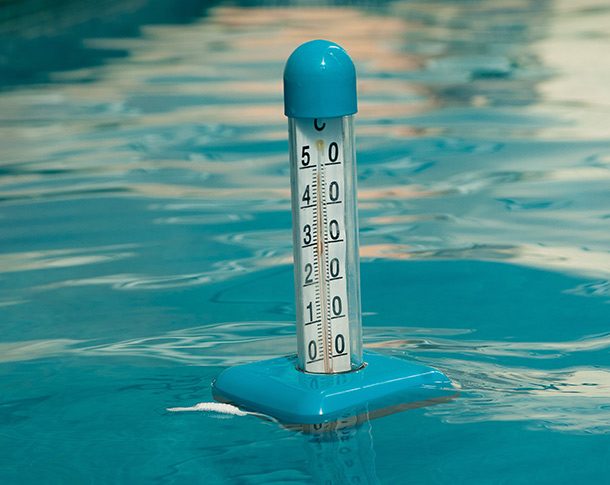 Source: http://www.floattanksolutions.com/finding-the-right-temperature-for-your-floaters/
Source: http://www.floattanksolutions.com/finding-the-right-temperature-for-your-floaters/ Many people wonder before getting into the tank whether the water is too cold or not. Most sensory deprivation tanks keep it at 93.5 degrees Fahrenheit (34 Celsius), give or take a degree. The goal is to keep it comfortable so you don’t notice it.
Floating
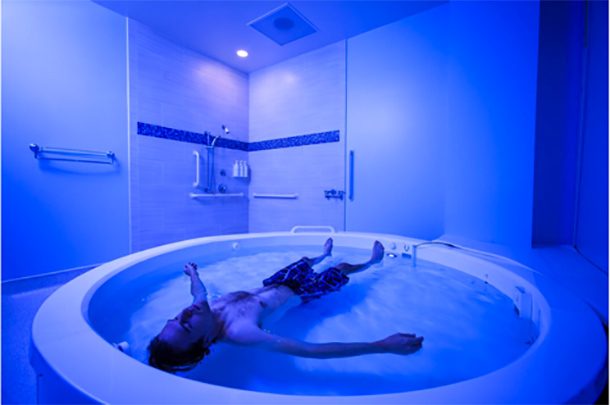 Source: https://draxe.com/sensory-deprivation-tank/
Source: https://draxe.com/sensory-deprivation-tank/ So, how in the world do you not drown in these tanks full of water? Well, they’re filled with 10 inches of water and around 1,000 pounds of Epsom salts, helping the patient to float. You’re more likely in danger of getting salt in your eyes than drowning.
Senses
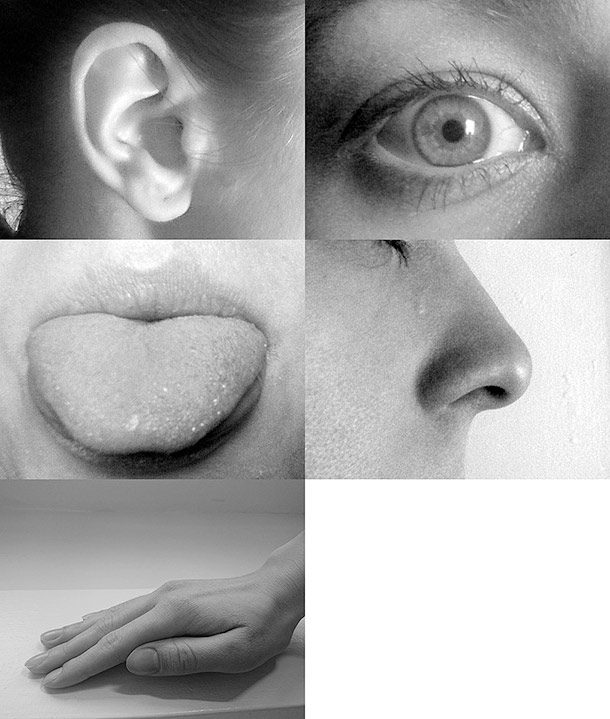 Source: https://www.thecut.com/2015/08/i-survived-my-terrifying-hour-in-a-float-spa.html
Source: https://www.thecut.com/2015/08/i-survived-my-terrifying-hour-in-a-float-spa.html Sensory deprivation tanks are designed to remove or dull most of your senses, excluding smell and taste. Those who have done it say mostly they can’t hear or see anything which was still very effective at eventually making them become both internalized and relaxed.
Time in a Tank
 Source: http://www.slate.com/blogs/the_drift/2015/11/23/i_slept_all_night_in_a_sensory_deprivation_tank.html
Source: http://www.slate.com/blogs/the_drift/2015/11/23/i_slept_all_night_in_a_sensory_deprivation_tank.html There’s no known record for the amount of time spent in a sensory deprivation tank. But, technically, given the eventual bathroom break and meal, you can stay in as long as you want. Seth Stevenson on Slate wrote about spending an entire night in one.
Skin Care
 Source: https://draxe.com/sensory-deprivation-tank/
Source: https://draxe.com/sensory-deprivation-tank/ Since you’re floating in water, some might be concerned about eventual skin damage from staying in too long. Fortunately, this isn’t the case. In fact, many report it makes their skin and hair feel soft afterward.
Deprivation Means Deprivation
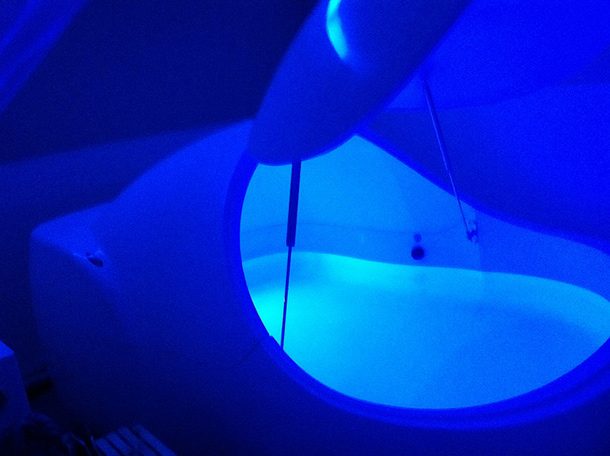 Source: https://draxe.com/sensory-deprivation-tank/
Source: https://draxe.com/sensory-deprivation-tank/ With many sensory deprivation tanks showing up at spas, some might think they have music or relaxing sounds. Not the case. In fact, there’s no music, guided meditation, direction, or lights. It’s totally quiet and totally dark.
Expectations are Everything
 Source: http://mentalfloss.com/article/68721/science-behind-relaxing-hallucinatory-float-dark-tank-water
Source: http://mentalfloss.com/article/68721/science-behind-relaxing-hallucinatory-float-dark-tank-water Depending on how you view sensory deprivation tanks and what you expect from them will likely determine the outcome of your experience. But, overall, researchers have found since we’re wired to be able to pay attention to a high level of stimuli, having our senses totally dulled or muted causes our brain to slow down and reach a relaxed state.
Reduces Stress
 Source: https://www.theguardian.com/lifeandstyle/2016/mar/30/anxiety-sensory-deprivation-tanks-john-lilly
Source: https://www.theguardian.com/lifeandstyle/2016/mar/30/anxiety-sensory-deprivation-tanks-john-lilly Since sensory deprivation tanks can put you into a relaxed state, many have claimed to feel less stressed afterward. Clinical neuropsychologist Justin Feinstein, who researches sensory deprivation, claimed that this state also allows your nervous system to relax which reduces anxiety.
Reduces Depression and PTSD
 Source: http://time.com/floating/
Source: http://time.com/floating/ With its ability to reduce anxiety, it also has been said to reduce depression and PTSD. A report in TIME claimed an Austrailian soldier returning from Afghanistan suffered horrible PTSD and decided to do sensory deprivation therapy. After three months of floating, many of his symptoms subsided.
Decreases Pain
 Source: http://www.foxnews.com/health/2017/02/01/how-floating-naked-may-offer-relief-from-pain-stress.html, https://www.ncbi.nlm.nih.gov/pubmed/11854763
Source: http://www.foxnews.com/health/2017/02/01/how-floating-naked-may-offer-relief-from-pain-stress.html, https://www.ncbi.nlm.nih.gov/pubmed/11854763 People suffering from migraines and other chronic pain often feel helpless and aren’t sure how to get rid of it. In a Fox News report, one woman claimed her migraine was reduced after her first time floating. And, according to a study by the National Institute of Health, patients in their study group all experienced reduced pain and muscle tension.
Helps With Addiction
 Source: http://northwestfloatcenter.com/use-floatation-therapy-defeat-addiction/, https://www.sciencedirect.com/science/article/abs/pii/0306460387900141
Source: http://northwestfloatcenter.com/use-floatation-therapy-defeat-addiction/, https://www.sciencedirect.com/science/article/abs/pii/0306460387900141 Sensory deprivation tanks can help remove all distractions and make a patient become more meditative and mindful. According to a study published in Addictive Behaviors, researchers found patients that regularly floated while trying to quit smoking proved more successful than those that didn’t.
Helps Creativity
 Source: http://northwestfloatcenter.com/floating-for-creativity/
Source: http://northwestfloatcenter.com/floating-for-creativity/ If you’re needing a creativity boost, floating has been said to help. While in the tank, your brain creates slower brain waves similar to the feeling of right before falling asleep. Imagery, intense thoughts, and sudden inspirations have been said to appear for many patients, allowing them to be more creative.
Heart Health
 Source: https://www.ncbi.nlm.nih.gov/pmc/articles/PMC4219027/
Source: https://www.ncbi.nlm.nih.gov/pmc/articles/PMC4219027/ Everyone wants a healthy heart; unfortunately, stress can put a lot of pressure on it. Thankfully, according to a study by the National Institutes of Health, sensory deprivation tanks have lowered blood pressure and heart rates, reducing stress, and allowing for people to have a more relaxed sleep. Floating, then, could be a way to stave off heart disease.
Health Hazards
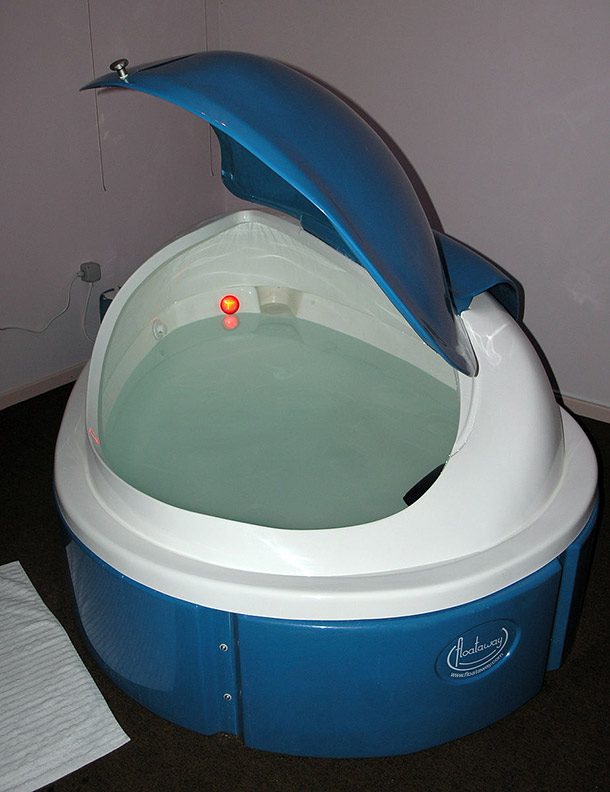 Source: https://www.publichealthontario.ca/en/eRepository/EB_Floatation_Tanks_Infection_Risk.pdf
Source: https://www.publichealthontario.ca/en/eRepository/EB_Floatation_Tanks_Infection_Risk.pdf While sensory deprivation tanks could have many health benefits, there are also some health hazards to be aware of. A study by Public Health Ontario determined that depending on the tank and the sanitizing methods of the spa, microorganisms could still survive the salinized water and infect other patients. Tanks usually don’t use a cleaning agent like chlorine. So, be sure to pick a clean spa.
Pop Culture
 Source: http://northwestfloatcenter.com/sensory-deprivation-tanks-in-pop-culture/
Source: http://northwestfloatcenter.com/sensory-deprivation-tanks-in-pop-culture/ There have been several movies and television depicting sensory deprivation tanks over the years. From the hit television show Stranger Things to Fringe to the psychedelic movie Altered States, they all usually deal with a mad scientist and the idea of reaching different plains of existence.
Hallucinations
 Source: https://www.wired.com/2009/10/hallucinations/
Source: https://www.wired.com/2009/10/hallucinations/ Because you close off many of your senses in a tank, it’s not uncommon for people to experience hallucinations. In one study, psychologists put 19 patients in a sensory deprivation tank and many reported visual hallucinations. Researchers believe this is due to something called “faulty source monitoring” where the brain misidentifies the source of the experience.
Other Dimensions
 Source: https://io9.gizmodo.com/5829343/everything-you-ever-wanted-to-know-about-sensory-deprivation-tanks
Source: https://io9.gizmodo.com/5829343/everything-you-ever-wanted-to-know-about-sensory-deprivation-tanks A long-held myth about these tanks has been that they can send you to other dimensions. John C. Lilly likely started this myth with his claims that he frequently traveled to other dimensions, speaking to other-worldly creatures and advanced civilizations. It’s more likely he experienced what we just talked about: hallucinations.
Cost
 Source: https://www.groupon.com/merchant/blog/opening-float-spa-tank-pods-prices-cost, https://motherboard.vice.com/en_us/article/ezvq4m/my-groupon-deal-for-sensory-deprivation-therapy-was-not-as-profound-as-planned
Source: https://www.groupon.com/merchant/blog/opening-float-spa-tank-pods-prices-cost, https://motherboard.vice.com/en_us/article/ezvq4m/my-groupon-deal-for-sensory-deprivation-therapy-was-not-as-profound-as-planned Every spa’s price may vary for an hour of sensory deprivation therapy. But, overall, the cost can range from $50 to $100 per hour. Spas pay a considerable amount for the tanks, salt, and other maintenance supplies. To buy one tank, it can cost up to $40,000.
Recent Popularity
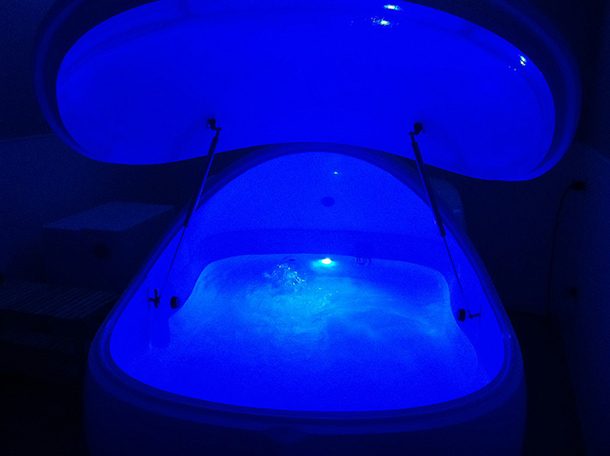 Source: https://draxe.com/sensory-deprivation-tank/
Source: https://draxe.com/sensory-deprivation-tank/ While they have ebbed and flowed over their short history, they have become especially popular in the last decade. In 2011, there were only 85 spas with sensory deprivation tanks. That number ballooned to 300 in 2015.
An Unusual Death
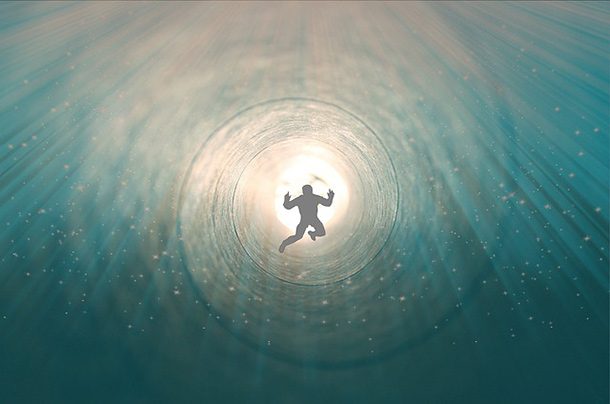 Source:https://www.researchgate.net/publication/44659614_An_Unusual_Death_Involving_a_Sensory_Deprivation_Tank
Source:https://www.researchgate.net/publication/44659614_An_Unusual_Death_Involving_a_Sensory_Deprivation_Tank Not many deaths have been reported due to sensory deprivation tanks. Except, however, one unusual one. According to the National Institute of Health, a 50-year-old woman died in one due to mixed drugs, ethanol toxicity, and hypothermia. The study was intended to see the use and improper use of a flotation tank.
Not To Be Used At Home
 Source: https://www.bustle.com/articles/175334-can-you-build-a-sensory-deprivation-tank-the-stranger-things-science-was-not-far-off
Source: https://www.bustle.com/articles/175334-can-you-build-a-sensory-deprivation-tank-the-stranger-things-science-was-not-far-off It doesn’t take much searching to find out how to build your own floatation tank. Stranger Things certainly popularized this. And, while it might be tempting to make one, it’s probably a better idea to do it under the care of others rather than yourself.
More Studies Needed
 Source: http://time.com/floating/
Source: http://time.com/floating/ Neuroscientists, psychologists, and researchers continue to study the benefits and effects of sensory deprivation therapy on the human brain and body. Still, it should be noted that the research is still in its early stages, and much more can be done to learn about it. Neuropsychologist Justin Feinstein, however, is hopeful positive outcomes can come out of studying it.
Official Research Lab
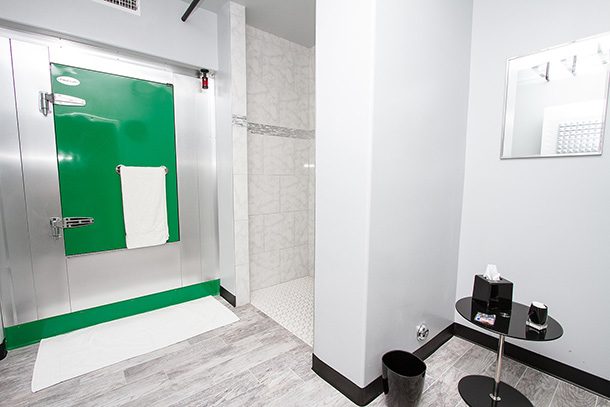 Source: http://time.com/floating/
Source: http://time.com/floating/ One place focusing entirely on sensory deprivation tanks is the Float Clinic and Research Center at the Laureate Institute for Brain Research. This clinic is headed up by Justin Feinstein. Inside his facility, there are no fully enclosed tanks. They have no tight enclosure at all. It’s intended for those with severe anxiety disorders to not be afraid.
Lists Going Viral Right Now
Featured Image: Shutterstock.



























